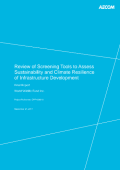
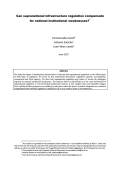
The authors study the impact of institutional characteristics of national and supranational regulation on the effectiveness of both types of regulation. The focus is on four institutional dimensions: regulatory capacity, accountability, commitment and fiscal capacity. It is shown how supranational regulation may reduce or worsen the challenges imposed by national institutional weaknesses. The analysis allows an identification of the costs and benefits of supranational regulation in very diversified institutional contexts. It also explains why some desirable changes from a global welfare perspective are unlikely to take place unless the losers of market integration are somehow compensated when national regulation is unlikely to do so as a result of some of its weaknesses.
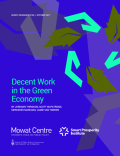
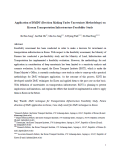
Feasibility assessment has been conducted in order to make a decision for investment on transportation infrastructure in Korea. With respect to the feasibility assessment, the Ministry of Finance has conducted a pre-feasibility study and the Ministry of Land, Infrastructure and Transportation has implemented a feasibility evaluation. However, the methodology for real application in consideration of deep uncertainty has been limited to a sensitivity analysis and scenario evaluation. In this regard, the Korea Transport Institute (KOTI), which is under the Prime Minister’s Office, is currently conducting a case study in order to come up with a practical methodology for DMU techniques application. As the outcome of this process, KOTI has developed suitable DMU techniques for Korea and applied them to the past case on that basis. With definition of uncertainties on transportation infrastructure, KOTI is planning to present implications and limitations, and explain the efforts that should be implemented in order to apply them in Korea in the future.
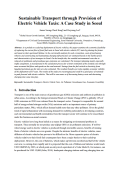
As a prelude to scaled-up deployment of electric vehicles, this paper examines the economic feasibility of replacing the current fleet of fossil fuel taxis in Seoul with electric vehicle (EV) taxis by phasing the former out based on their opertional lifetime. In the cost-benefit analysis for such a transition, costs of purchasing vehicles and constructing and maintaining charging infrastructure are estimated based on the market prices and characteristics of taxi transport in Seoul. On the benefit side, the avoided environmental costs due to reduced air pollutants and greenhouse gas emissions are calculated. The transport planning model, especially traffic assignment, is incorporated in the calculation process for a better estimation of the avoided costs through more accurate link flows and speeds on the road network. Savings from the fuel switch to electricity from liquefied petroleum gas for taxis are also estimated. The resultant benefit-cost ratio signifies economic viability of the deployment of EV taxis. The results of the study are encouraging and could be a good piece of rationale to push forward with electric vehicles.
